The story of the church of St. Mary’s Assumption
The story of the church of St. Mary’s Assumption
In Gescher, the number of Catholics grew strongly after 1945 and so, a second church was needed. Prompted by the dogma of the "bodily ascension of the Virgin Mary into heaven”, which was proclaimed in 1950, the new parish was called "St. Mary's Assumption".
The plan to build a new church, initiated by Pastor Hartmann, was vigorously pursued by chaplain Josef Willenbrink and the church building association. The project was strongly supported by the largely Catholic community of Gescher. Many employees agreed to contribute one hour's wage every week, to which their employers added an equivalent amount. Farmers contributed according to their arable land. Civil servants and self-employed persons also donated money or helped by lending a hand. The church acquired building land in exchange for arable fields.
The "new church" was built in 1953/54. Its facade is made of Ibbenbüren sandstone and the supporting columns of Anröchter bluestone, according to the design of architect Hein A. Schäfer from Coesfeld. The roof structure was built by Gescheran carpenters free of charge.
Josef Willenbrink became the first pastor of the new congregation in 1957. For over five decades, St. Mary’s parish played an important role in the town’s life.
When both Catholic congregations merged in 2004, one of the churches had to be closed. Therefore, St. Mary’s was secularised on New Year's Eve 2010.
From church to assisted living in “Marien-Quartier“
It took a long time for the diocese and parish to find a new use for the building. Ideas included converting it into a house of learning, a town archive or a columbarium. Another plan was to create a museum of the Berkel river landscapes in the "St. Francis Centre for the preservation of creation". None of the ideas was viable.
Another proposal was to convert the building into a municipal library, a plan backed by 3,927 citizens in a petition. It was, however, turned down by both the city council and the administrative court. In 2012/13 plans emerged to demolish the building and erect a supermarket instead. Many people joined vigils against this.
A major turning point occurred in 2013 when the former church was declared a listed building.
Next, a competition for investors and architects was launched on the initiative of the Episcopal Vicar General and, in autumn 2014, the concept of architect Peter Bastian from Münster was selected as the most consensual solution. What used to be the land and buildings of the church became the new Marien-Quartier. The parish contributed the building and land under a ground lease. A chapel was built in the tower. The townscape was preserved. ECO.PLAN GmbH & Co. KG from Coesfeld realised all new buildings and conversions.
Since 2018, the church building itself has been filled with new life due to the assisted living quarters for senior citizens.
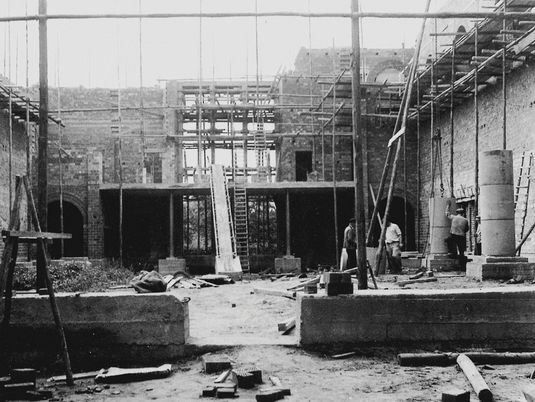
Blick in die Baustelle, 1953
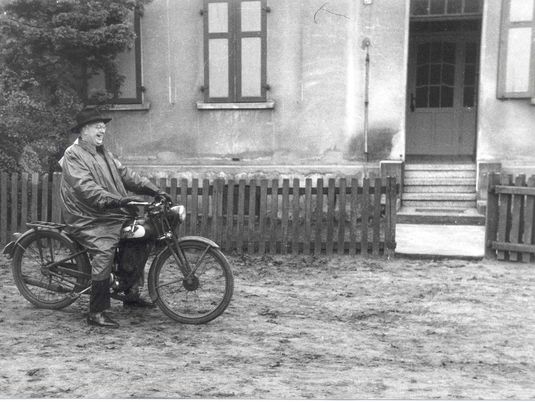
Vikar Willenbrink auf dem Weg zur Baustelle
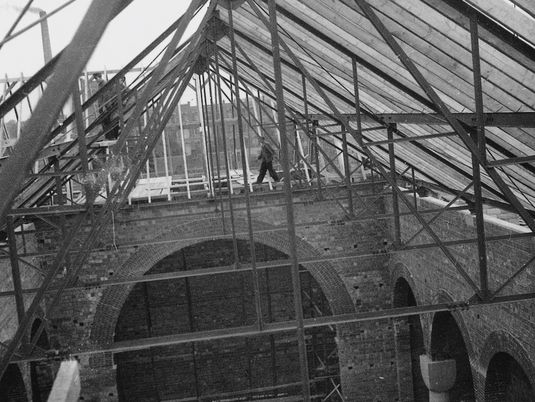
Richtfest im Oktober 1953
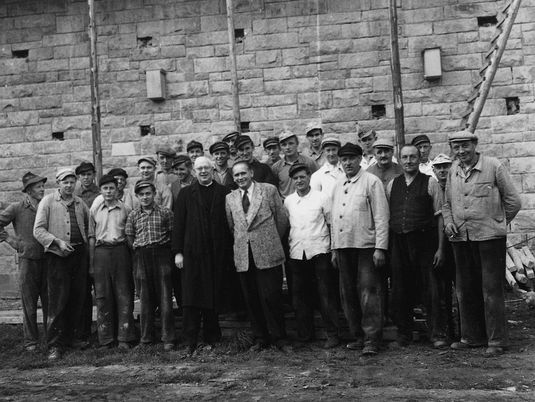
Die „Männer vom Bau“
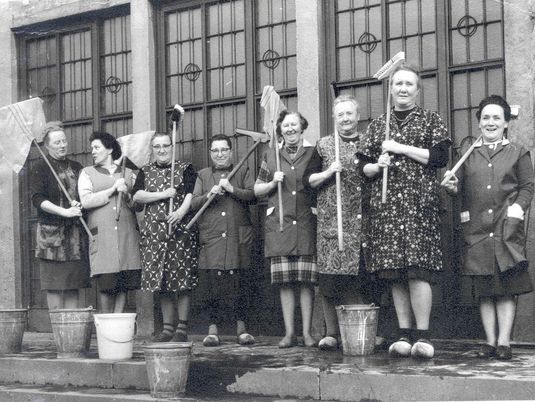
Ehrenamtlicher Einsatz
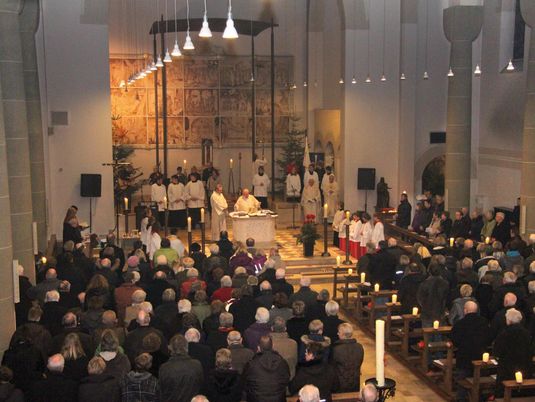
Letzter Gottesdienst, 31. 12. 2010
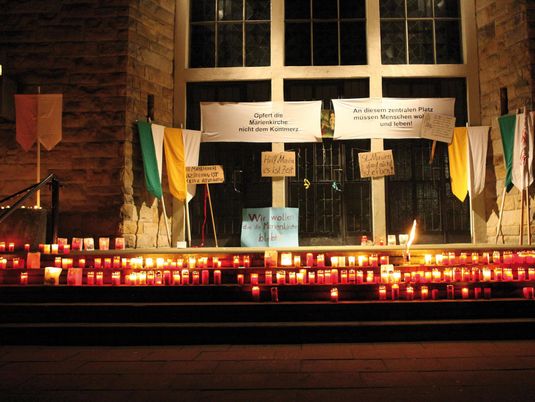
2013 – Protest gegen den Abriss
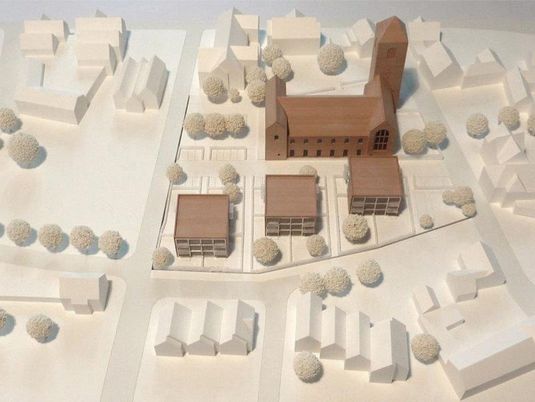
Planung des Architekten Bastian
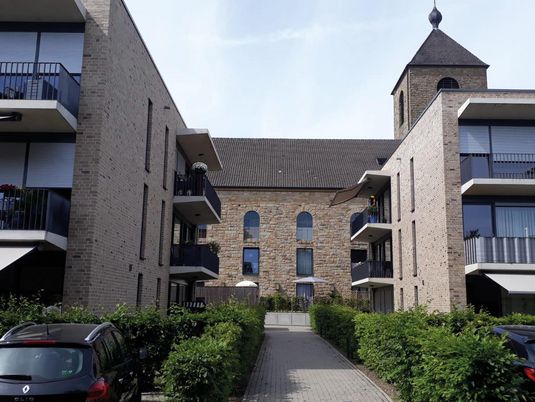
Ergebnis der Realisierung
Gescher in facts and data from 1950 to 1984
1952 Central water supply system in town is commissioned
Protestant church (Pastor Naumann) is inaugurated
1954 Catholic parish church of St. Mary's Assumption is inaugurated
1955 Protestant elementary school (Albert Schweitzer School) opens
1958 A jet plane crashes north of the town centre - Gescher narrowly escapes disaster
1959 New secondary school opens (today called Von-Galen elementary school)
A major fire occurs in the White Fens; peat extraction in raised bogs ends
196 First Italian ice cream parlour opens at Hauptstraße 35 (today: restaurant Zur Kanne)
1961 Rebuilt open-air swimming pool opens
1962 Southern part of town receives its official name of Hochmoor
The company Ruthmann relocates to Hochmoor industrial estate
1967 “Heimathaus” behind the old town hall is completed, marking the beginnings of the farm museum "Up den Braem"
Veterinary clinic in Hochmoor opens
1969 Gescher is granted town rights after six communities have merged
First mayor: Heinrich Hörnemann, municipal director: Gerhard Willerding
Gescher receives a new coat of arms - two silver hunting horns on green background
1970 Local textile industry starts to decline, which causes heavy job losses over the following years
1974 Last passenger train stops at Gescher station
1975 Gescher becomes part of the newly founded county of Borken
School centre at Borkener Damm is completed
1976 St. Stephanus church in Hochmoor is inaugurated
Sports centre at Borkener Damm opens
1977 Natural gas supply introduced into Gescher
1980 Bell Museum on Lindenstrasse (former police station) opens
1982/83 Traffic calming measures introduced into town centre
1983 Former school building in Hochmoor turned into “Heimathaus”
1984 Railway line from Gescher to Coesfeld is temporarily reopened for the transport of overburden from the Ruhr mining industry (washed rock), used for filling embankments along motorway A 31.
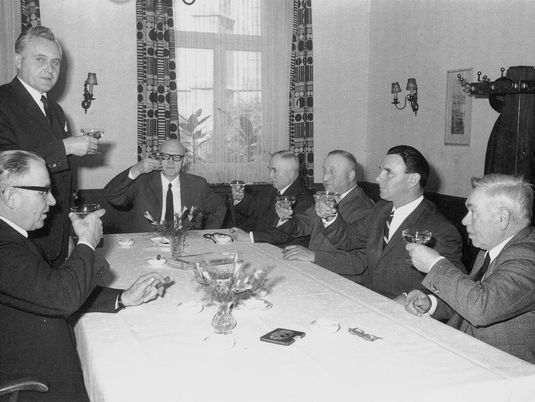
Geschafft! Anstoßen auf die zukünftige Stadt Gescher am 14.10.1968
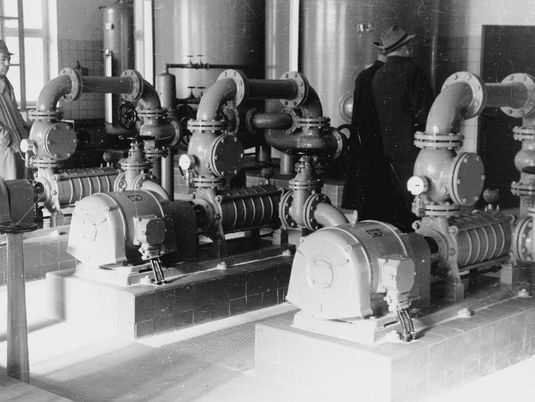
Wasserversorgung ab 1955
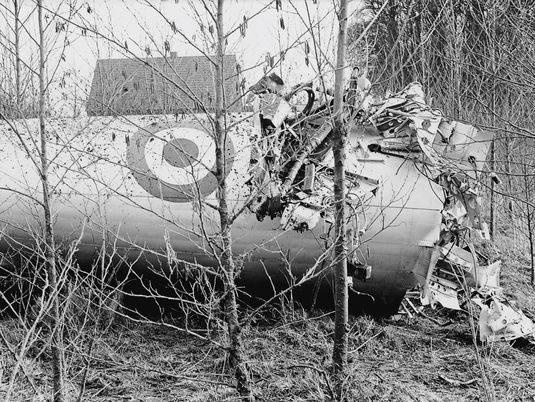
Flugzeugabsturz, Februar 1958
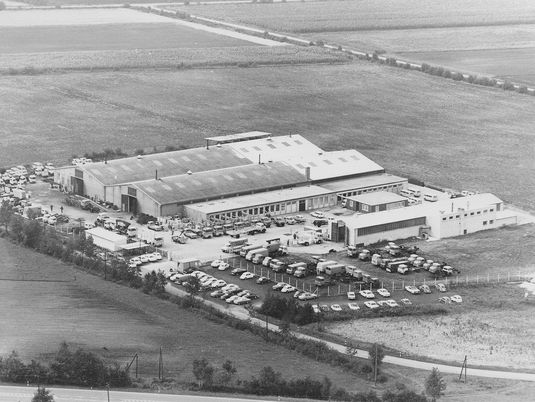
„Ruthmann – Steiger“ ziehen um
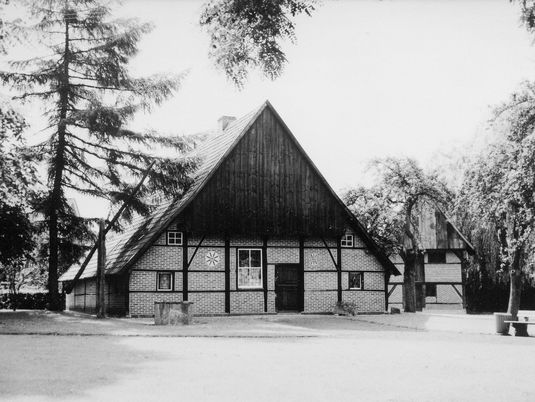
Neues Heimathaus mit Spieker
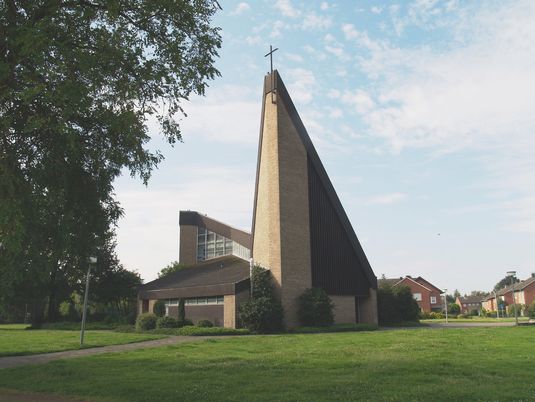
St. Stephanus in Hochmoor
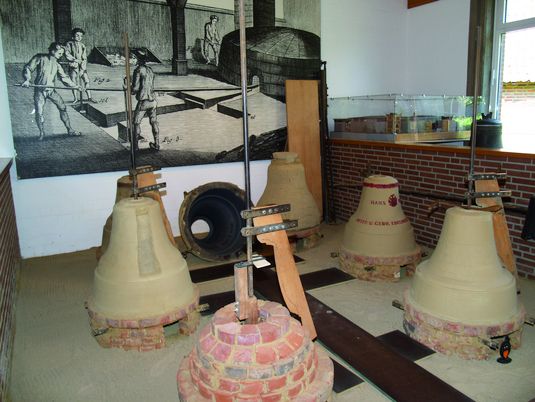
Das neue Glockenmuseum, 1980
Gescher in facts and data, from 1985 to 2020
1985 1000 years Parish St. Pankratius
1986 Railway line Borken - Gescher – Coesfeld opens
Heiden - Gescher - Legden section of A 31 motorway opens
1989 New town hall at the market place officially opened; design of open spaces with various artistic elements ("Spiel mit 6o")
1990 7,000 residents of Gescher protest successfully against a residual waste dump in Gescher-Estern
1991 Commissioning of bypass roads in the direction of Oeding and Stadtlohn
1999 Heiner Theßeling becomes first full-time mayor of the town of Gescher
2004 The parishes St. Pankratius and St. Mary Assumption merge
2010 The expanded and renovated Westphalian Bell Museum is opened
The parish church of St. Mary's Assumption is secularised
2011 A hydroelectric power plant at "Alfers Mühle" is put into operation to provide electricity for about 50 households
A new sports centre is built at Ahauser Damm
2012 Vigils against the demolition of the former church of St. Mary's Assumption
Hochmoor celebrates 100th anniversary
The comprehensive school opens and gradually replaces the previous secondary schools
St. Pankratius municipal library opens on Eschstrasse
Sports clubs FSV Gescher and SV Gescher 08 merge to become SV Gescher
Start of construction work on the IT Campus, a centre for digital service companies
2014 Gescher may now call itself Bell Town Gescher
2014 Marienquartier, a project including senior-friendly living, is realised. New buildings are constructed and the listed St. Mary’s church is converted. A small chapel is built inside of its tower and consecrated in 2017.
2015 800 refugees from the Middle East, Asia and North Africa arrive in Gescher; search for adequate accommodation; strong social commitment among the population
Civic foundation of Bell Town Gescher is established
2016 Following heavy rainfall, river Berkel floods Fabrikstrasse and the Berkel floodplain
2017 First stumbling blocks are laid in memory of deported Jewish families
2018 The old secondary modern schools close after the last graduates have left
2019 Town festival to celebrate the 50th anniversary of the founding of the town of Gescher in conjunction with the 1st Berkel Festival of all the communities along the river
2020 Gescher has 17,250 inhabitants
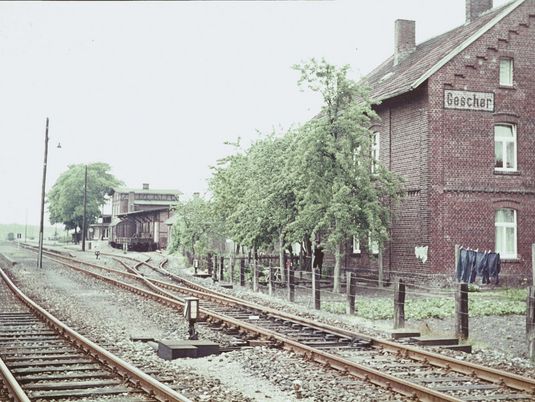
Die letzte Zugfahrt von Gescher erfolgte 1985. Der letzte fahrplanmäßige Personenzug fuhr bis 1974.
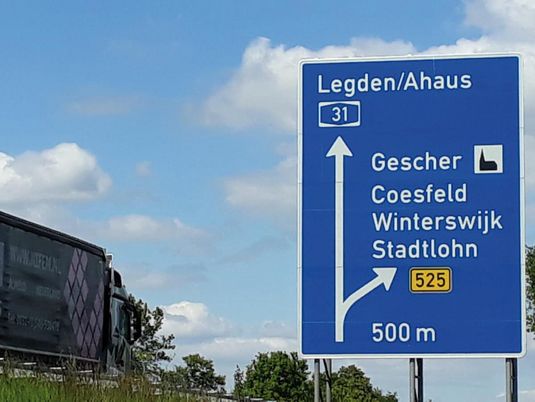
Eine neue Zeit – Autobahn A31
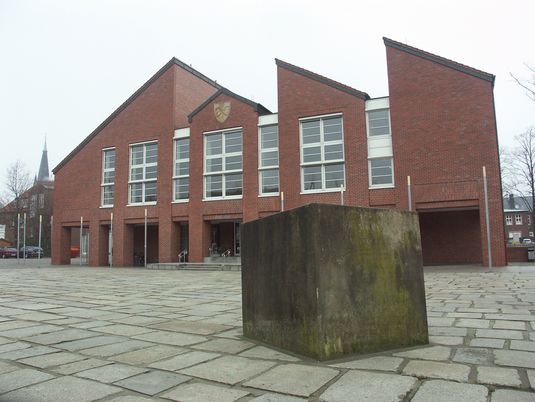
Das neue Rathaus – 1989
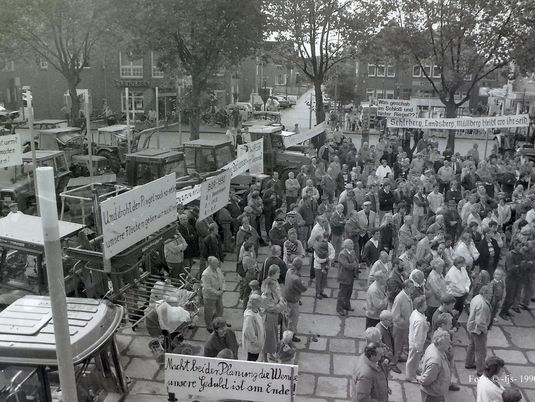
Großdemo gegen Deponie
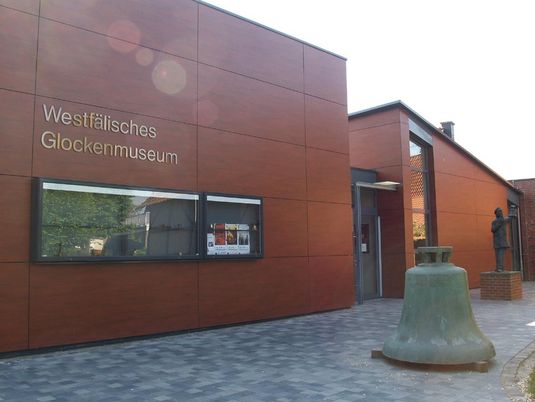
Erweitertes Glockenmuseum
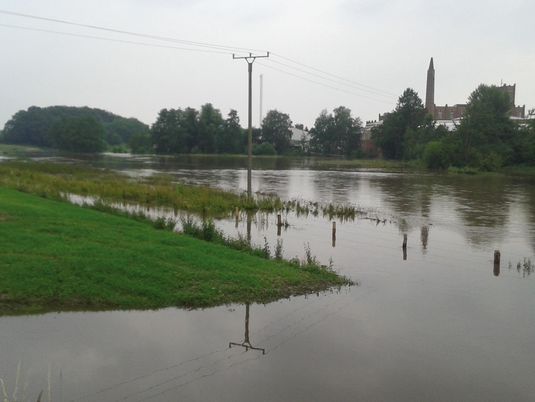
Sommerhochwasser – Juni 2016
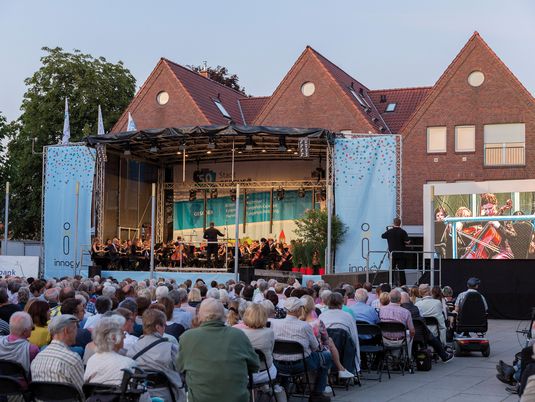
Konzert - zum Stadtjubiläum